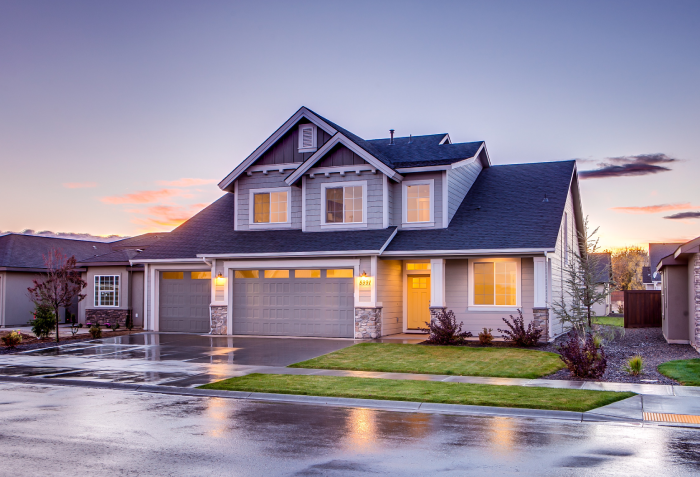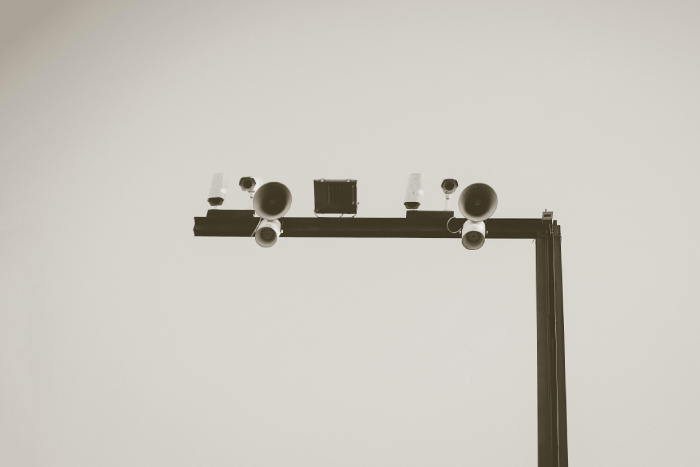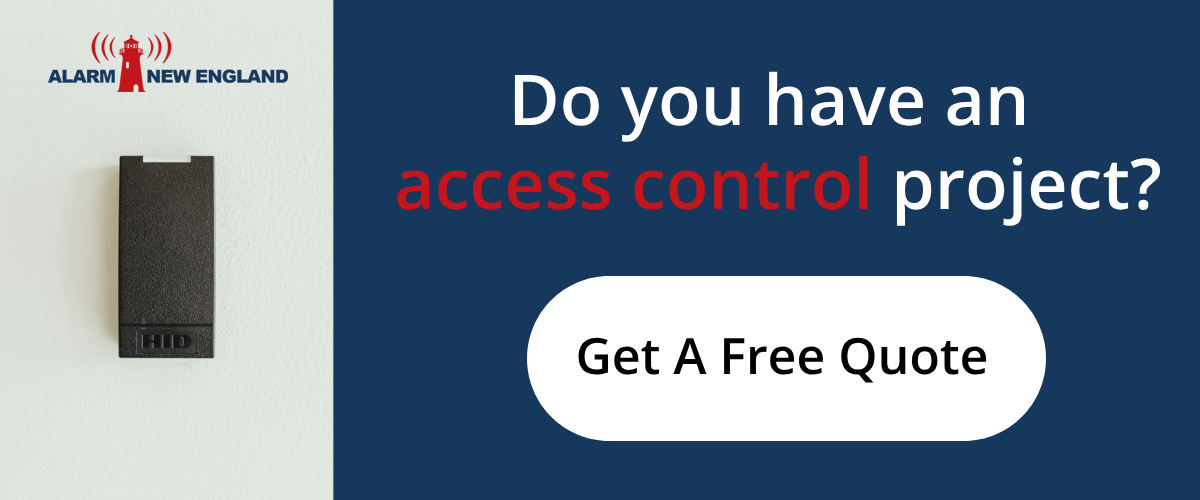When it comes to home security, convenience, and energy efficiency, motion sensor lights have emerged as a bright solution. These intelligent lighting fixtures are designed to detect motion in their vicinity and instantly illuminate, providing numerous benefits to homeowners. In this exploration of motion sensor lights, we will delve into their functionality, their practical applications, and the future they illuminate for home lighting.
Understanding Motion Sensor Lights
Motion sensor lights, also known as motion-activated lights or occupancy sensor lights, are lighting fixtures equipped with sensors that can detect motion within a certain range. When motion is detected, these lights automatically switch on, providing immediate illumination to the area. They are typically used in outdoor spaces, such as driveways, gardens, and pathways, but can also be installed indoors for areas like closets, garages, or hallways.
How Do Motion Sensor Lights Work?
The core technology behind motion sensor lights involves a combination of different sensors and electronic components, typically including:
- Infrared (IR) Sensors: These sensors can detect changes in temperature caused by the movement of an object or person. When a warm body moves within the sensor’s range, it triggers the light to turn on.
- Ultrasonic Sensors: Ultrasonic sensors emit high-frequency sound waves and then listen for their reflections. If there’s any movement in the area, it disrupts the sound waves, signaling the sensor to activate the light.
- Microwave Sensors: Microwave sensors emit continuous microwave signals and measure the reflections. When there’s movement, it alters the signal, prompting the light to illuminate.
- Dual Technology Sensors: These sensors combine two or more technologies, such as infrared and microwave, for enhanced accuracy and reduced false alarms.
Once the sensor detects motion, it sends a signal to the lighting fixture’s control unit, which then turns on the light. The duration of illumination can typically be adjusted to meet specific preferences.
Advantages of Motion Sensor Lights
Motion sensor lights offer a range of advantages for homeowners, making them an appealing addition to any property:
- Enhanced Security: One of the primary benefits is improved security. Motion-activated lights deter potential intruders by exposing their presence and alerting homeowners to unusual activity.
- Energy Efficiency: Unlike traditional outdoor lights that remain on all night, motion sensor lights only activate when needed. This significant energy-saving feature reduces electricity bills and lowers the environmental footprint.
- Convenience: Motion sensor lights provide convenient lighting for various scenarios. They automatically light up pathways, porches, and entryways when you approach, eliminating the need for fumbling with keys in the dark.
- Safety: Motion sensor lights improve safety by preventing accidents and falls in poorly lit areas. They ensure that steps, driveways, and walkways are well-illuminated, reducing the risk of tripping or stumbling.
- Customization: Many motion sensor lights allow users to adjust settings, such as sensitivity, duration, and brightness, to suit their specific needs and preferences.
Practical Applications
Motion sensor lights have a wide range of practical applications in both residential and commercial settings:
- Home Security: Motion-activated lights serve as a deterrent to potential burglars and trespassers. They light up dark areas around your home, making it less attractive to criminals.
- Outdoor Illumination: They are commonly used for outdoor lighting, illuminating driveways, pathways, gardens, and porches when someone approaches.
- Indoor Convenience: Motion sensor lights are a handy addition to indoor spaces like hallways, closets, and garages. They ensure that you never have to fumble for a light switch again.
- Commercial Properties: Businesses can benefit from motion sensor lights for security purposes and energy savings. They are often used in parking lots, warehouses, and office spaces.
Choosing the Right Motion Sensor Light
Selecting the right motion sensor light for your needs involves considering several factors:
- Type of Sensor: Determine the type of sensor technology that suits your requirements. Infrared sensors are best for detecting body heat, while microwave sensors are more effective at detecting motion through obstacles.
- Detection Range: Consider the area you want to cover. Different lights have varying detection ranges, so choose one that covers the desired space effectively.
- Adjustable Settings: Look for lights with adjustable settings for sensitivity, duration, and brightness. This allows you to customize the light to your preferences.
- Power Source: Motion sensor lights can be powered by batteries, hardwired into your electrical system, or solar-powered. Choose the power source that aligns with your setup and environmental considerations.
Installation and Maintenance
Installing motion sensor lights is typically straightforward and can often be done as a DIY project. However, if you’re uncomfortable with electrical work, it’s advisable to hire a professional electrician for hardwired installations. Here are some installation and maintenance tips:
- Placement: Position the lights strategically to cover the desired area while avoiding obstructions that could trigger false alarms.
- Testing: After installation, test the lights to ensure they activate as expected. Make any necessary adjustments to settings.
- Maintenance: Keep the sensor and the light fixture clean from dirt, debris, and spiderwebs, as these can interfere with their operation. Replace batteries regularly if the lights are battery-powered.
- Battery Replacement: If your motion sensor lights use batteries, be sure to replace them promptly to ensure uninterrupted functionality.
- Regular Checks: Periodically check and adjust the settings and the sensitivity of the motion sensor to account for changes in the environment.
The Future of Motion Sensor Lights
As technology continues to advance, motion sensor lights are likely to become even more sophisticated and versatile. Some potential future developments include:
- Artificial Intelligence Integration: Motion sensor lights could integrate with AI systems to learn and adapt to household routines and preferences, providing personalized lighting experiences.
- Energy Harvesting: Advances in energy harvesting technology may allow motion sensor lights to generate power from ambient sources, reducing the reliance on batteries or wired connections.
- Smart Home Integration: Motion sensor lights could become an integral part of smart home ecosystems, allowing homeowners to control and monitor their lighting remotely via smartphone apps or voice commands.
- Enhanced Durability: Future motion sensor lights may be built to withstand harsh weather conditions and extreme temperatures, making them even more suitable for outdoor use.
An Ever-Changing Landscape
Motion sensor lights have brightened the landscape of home lighting, offering enhanced security, energy efficiency, and convenience. Their practical applications span from deterring intruders to lighting your path in the dark. When selecting a motion sensor light, consider factors such as sensor type, detection range, adjustable settings, and power source. Installation and maintenance are typically straightforward, and regular checks can ensure their reliable operation.
The future of motion sensor lights holds the promise of even more intelligent, energy-efficient, and seamlessly integrated lighting solutions. As technology continues to illuminate our lives, motion sensor lights will play an increasingly vital role in making our homes safer, more energy-efficient, and more convenient places to live.






